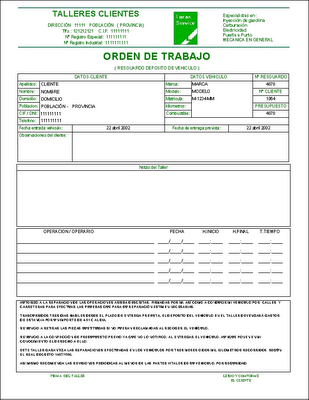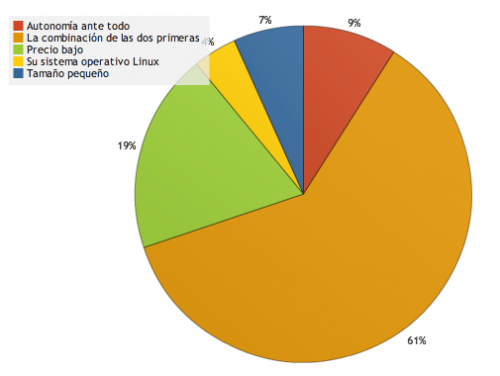 The physical phenomenon of Brownian motion refers to the erratic displacement of tiny particles that are immersed in some substance. The discovery of this phenomenon was carried out at the beginning of the 19th century by a Scottish botanist and physician, Robert Brown.
The physical phenomenon of Brownian motion refers to the erratic displacement of tiny particles that are immersed in some substance. The discovery of this phenomenon was carried out at the beginning of the 19th century by a Scottish botanist and physician, Robert Brown.
Observations of the erratic movement of pollen
After analyzing the random movement of pollen grains within a liquid substance, the Scottish scientist observed a series of phenomena:
1) that the pollen trajectories were continuous,
2) that pollen movements were erratic and apparently unrelated to each other at different time intervals and
3) that the pollen particles had multiple collisions with the molecules of the liquid substance.
A scientific discovery that can be demonstrated with a simple experiment
If we fill a glass with hot water and another with cold water and put a few drops of coloring in each of them, the result obtained will be very different: in a few seconds the content of the hot glass will have a homogeneous color, while the glass with water cold it will show a coloration in the bottom of the glass.
The phenomenon happens for a reason: the higher the temperature, the greater the agitation of the molecules of a liquid (conversely, if the temperature is lower, the movement of the molecules will be reduced).
The observations of Robert Brown ended up being reflected in a mathematical model of the stochastic type
A stochastic process is an infinite collection of random variables. Thus, any phenomenon that evolves randomly over time can be measured and evaluated. Stochastic calculus is a discipline of mathematics that makes it possible to explain the motion of particles that are subject to random forces.
The Brownian motion is an example of a simple stochastic process, but Robert Brown was not the one who explained this phenomenon in mathematical language. Stochastic phenomena began to be understood from the advances in kinematics, a discipline of physics oriented to moving objects that are not subject to original forces. In other words, in kinematics, movements of particles or objects are described but the causes of this movement are unknown.
These types of calculations have multiple applications, as they allow a better understanding of the path of a molecule in a liquid or gas, the path of an animal during a migration, variations in the price of some shares or the financial situation of an entity.
Photo Fotolia: Carloscastilla









